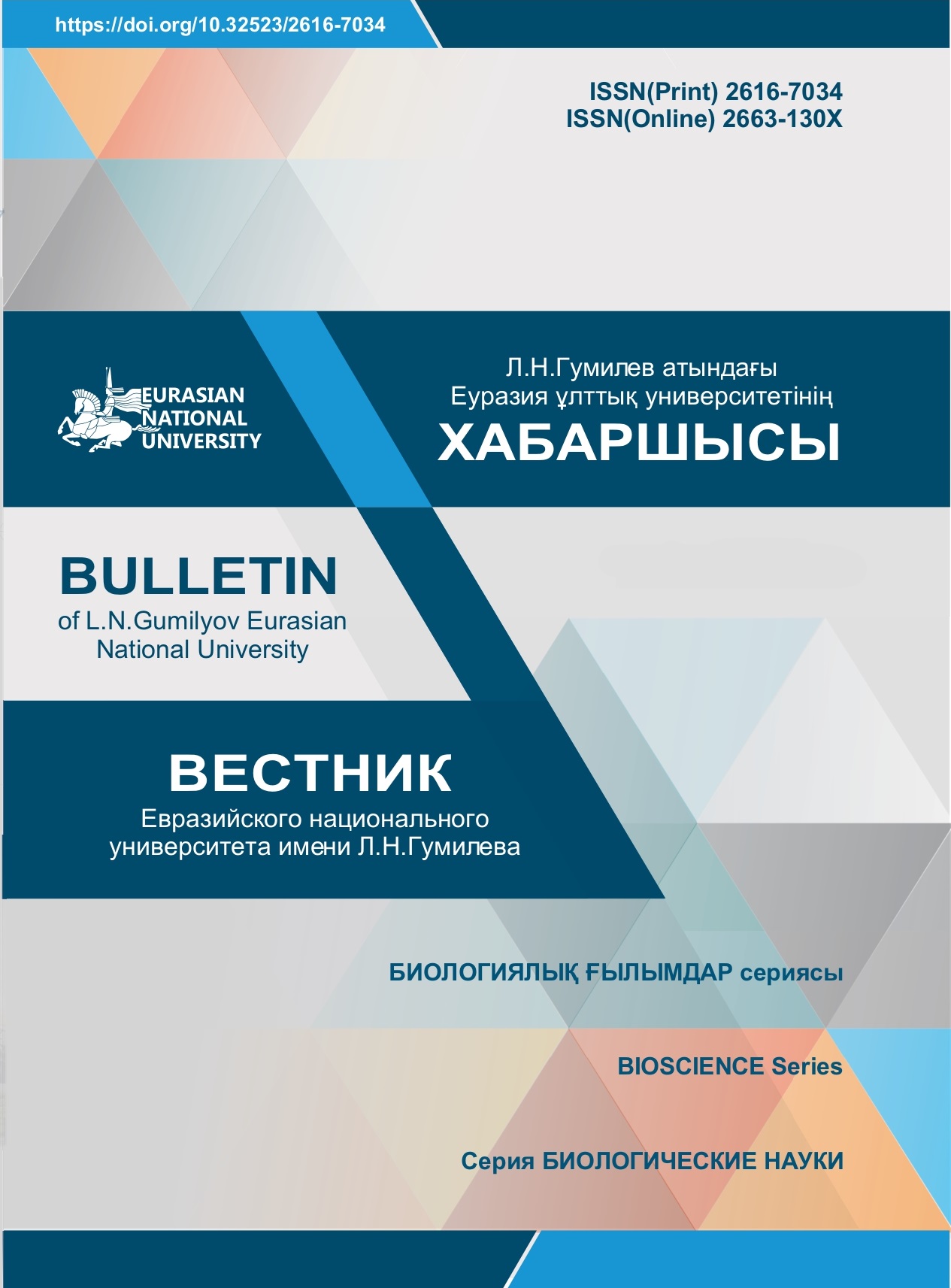Қазақстанның солтүстік-шығысындағы Орал мия агротехникасының ерекшеліктері
Қаралымдар: 274 / PDF жүктеулері: 331
Аңдатпа
Орал мия тамырын енгізу нәтижелері ұсынылған (Glycyrrhiza uralensis Fisch). Солтүстік-Шығыс Қазақстанның табиғи-климаттық жағдайларында шикізат өнімін алудың тәжірибелік деректері келтірілген. Өсімдік шикізатын алу мақсатында Орал мия тамырының тұқымдық және вегетативті көбею мүмкіндіктері зерттелді. Тәжірибеде Павлодар облысының табиғи өсу жағдайларында жиналған бұршақ, тұқым және қалемшелер түріндегі отырғызу материалдары пайдаланылды (Жайылма және дала ландшафттары). Тәжірибенің 10 нұсқасы салынды, онда тыңайтқыш ретінде түрлі отырғызу материалдары мен биохар қолданылды. Тәжірибенің нәтижелері мия тамырын Орал шламымен көбейту кезінде жақсы нәтижелер алынды деген қорытынды жасауға мүмкіндік береді. Шикізат алудың ең өнімді әдісі 8-нұсқа болды, онда Дала үлгілерінің шламдары қолданылды және биохар тыңайтқыш ретінде пайдаланылды. Вегетативтік таралуды ынталандыру үшін мия тамырының Ескі Жас табиғи массивтерін жасарту технологиясы сыналды. Жасарту аналық бұтадан 2,5 м қашықтықта клондық қашу санының көбеюіне әкелді. Жатыр бұтасынан 2,5 м-ден астам қашықтықта вегетативті потенциалдың төмендеуі байқалды.








